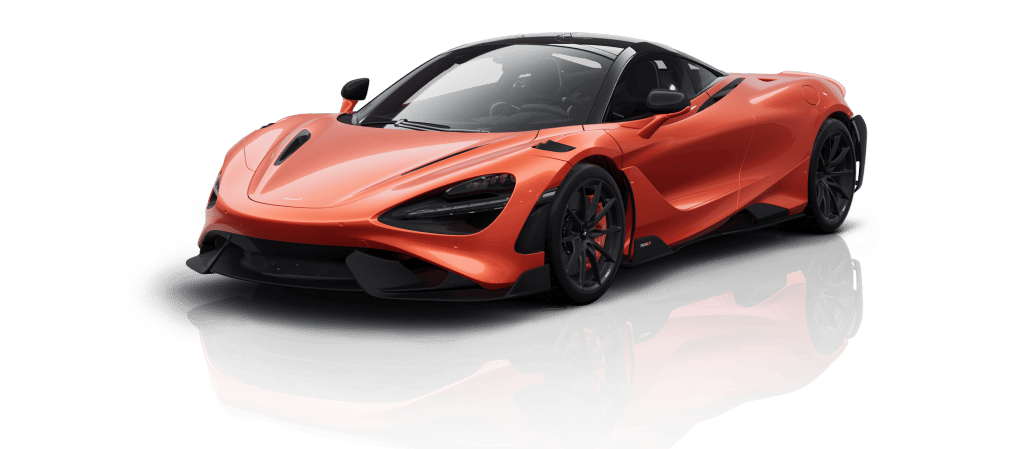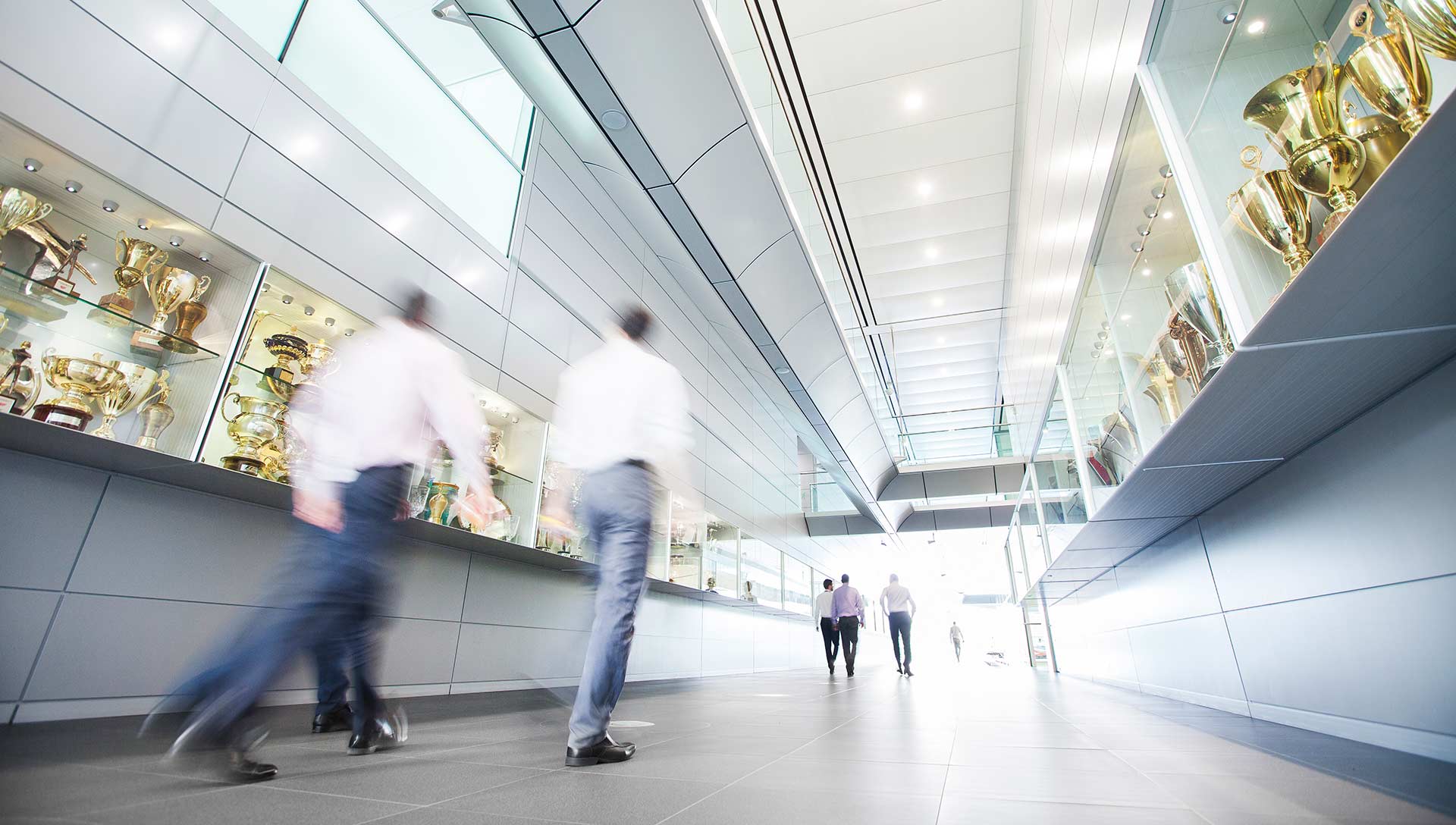
MP4/2B
- Year 1985
- Race wins 6
- Series Formula 1
McLaren was certainly still the team everyone had to watch in 1985, and the MP4/2B the car to catch. But while development work had continued apace with John Barnard and his colleagues beavering away to keep Alain Prost and Niki Lauda ahead of the pack, and KKK had devised a completely new pair of ‘mirror image’ blowers for the TAG V6, Michelin had withdrawn and obliged the team to revert to Goodyear.
Later, a wrist injury forced Lauda to miss the European GP so John Watson returned in a stand-in role, and the Austrian's wretched final year in F1 ended with only 14 points. Prost, however, romped home with a title-winning 73 and five GP victories to Lauda's one.
The MP4/2B went from strength to strength, somewhat to the surprise of the opposition who had dared to hope that their own developments over the winter would have rendered the defending team slightly less competitive. The leading teams which were already using Goodyears certainly hoped so, having convinced themselves that after the less consistent performance of Goodyear's new radials during much of the previous season, Michelin's withdrawal would put McLaren on a more equal footing with them. Some observers also felt that the latest round of regulation changes outlawing rear wing extensions in a bid to reduce downforce - would affect McLaren disproportionately.
Instead, Barnard’s new turbocharger arrangement helped to keep the McLaren TAG firmly in play. He devised a typically innovative enhancement to alleviate problems experienced during the previous season. At that time the inlet for the KKK turbos was ahead of the rear wheel, in a high-pressure area which left the delicate impeller blades vulnerable to grit and debris. To resolve this he asked KKK to make right and left-handed turbos which could then be positioned closer to the engine, front-to-back, so that the inlet could be relocated behind the intercooler.
Any optimism in rival camps received something of a boost at the first race of the season in Brazil when it quickly became apparent that Ferrari, Williams and Lotus were usually going to qualify ahead of the MP4/2Bs This was largely thanks to the more powerful engines supplied to those teams solely for qualifying, whilst the TAG-powered cars, unable to run at such high boost pressures, chose to rely on a better race package to (hopefully) win the day.
That confidence was borne out in Rio, the McLarens fronting the field during the warm-up and Prost dicing fiercely with Michele Alboreto’s Ferrari before romping home in first place as an electrical failure took out Lauda. The Austrian was similarly unlucky at the next round in Portugal, his V6 refusing to function effectively above 10,000rpm, while Prost who had been lying second behind Ayrton Senna’s Lotus Renault crashed out after aquaplaning on the straight.
lmola for the San Marino GP looked more promising, the MP4/2Bs playing their trump card in the shape of a trip computer set up to show how much fuel remained onboard. This was a crucially important weapon at a time of restricted fuel loads, and ‘The Professor‘ used his to establish that he would run dry if he tried to keep pace, initially, with Senna.
He sat back whilst both Senna and the Ferrari of Stefan Johansson ran out of fuel. It was a cunning, race-winning manoeuvre - until the scrutineers found his MP4/2B to be two kilogrammes underweight and disallowed the win. One of McLaren’s key strengths had rebounded badly costing nine points.
With his rigorously applied and highly professional driving skills more than making up for the turbo problems he was suffering for much of the race, Prost won at Monaco for the second year in succession. Canada and Detroit were markedly less successful, brake cooling proving a major headache thanks to the stop-start nature of the latter race, but despite problems with the CFC discs McLaren stuck with them, and when the circus returned to Paul Ricard the cars‘ inherently superior aerodynamics provided some ammunition against the more powerful Williams-Hondas. Lauda led Prost until he was removed by mechanical failure (possibly linked to running with too much boost) and Prost eventually finished third.
In Austria Lauda confirmed he was going to retire at the end of the season and failed to win in front of his home crowd, a turbo shaft fracturing on lap 40 after some magnificent driving. At Zandvoort he was finer still, beating Prost into second place although the latter was looking secure as the first-ever French World Champion.
Lauda then missed the Belgian race due to a wrist injury, and failed to finish in both South Africa and Australia, winding up a disappointed 10th overall after a season of bitter ill-fortune. Prost though took the World Championship easily, and McLaren picked up another Constructors‘ trophy with a resounding 90 points.


